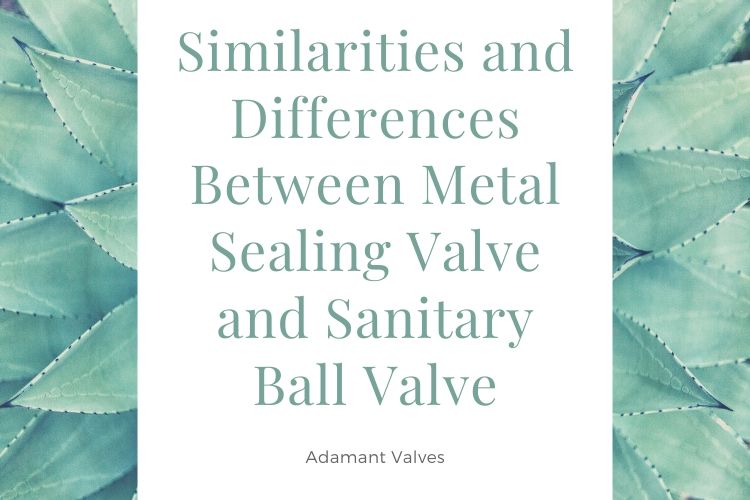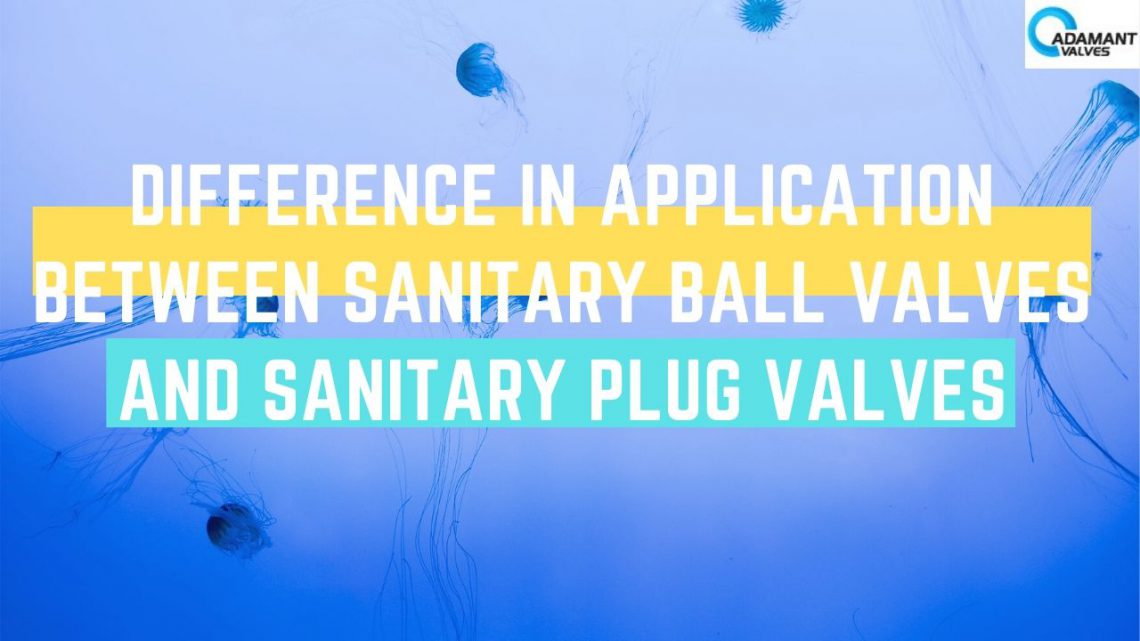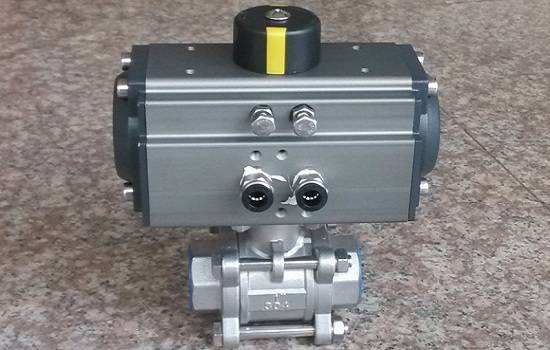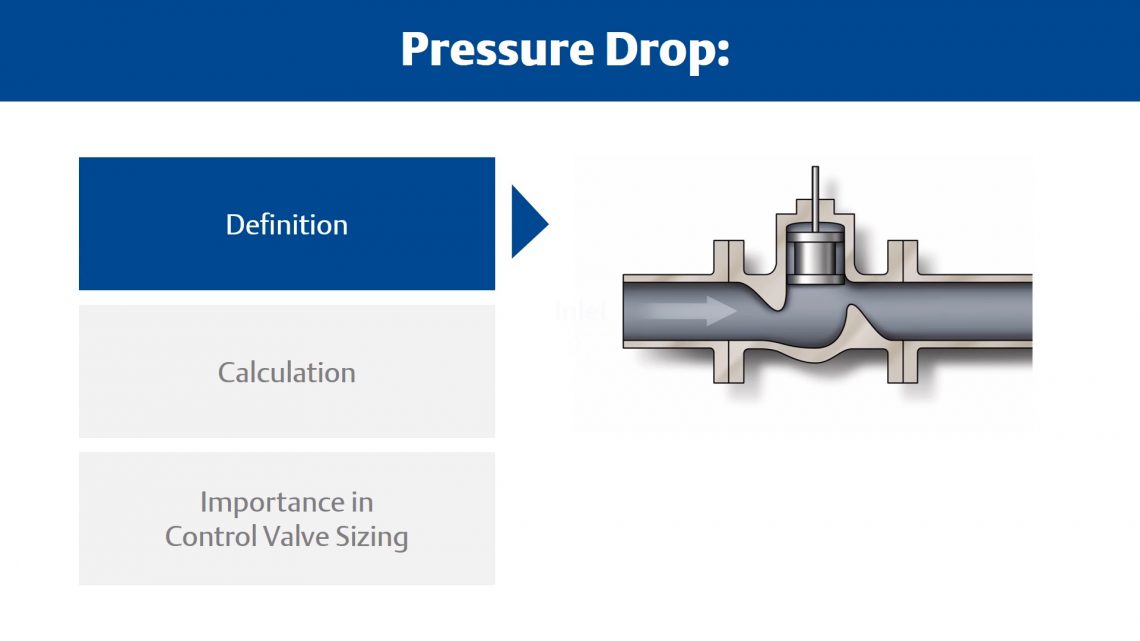The movement path of the metal sealing valve has the characteristics of both gate valve (multi-turn) and sanitary ball valve (90-degree turn), so its performance has the advantages of both gate valve and ball valve. The structures of the metal sealing valves and sanitary ball valves have similarities and differences, as is discussed below. Similarities: 1. Both of the metal sealing valve and sanitary ball valve can achieve metal sealing and endure high temperature. 2. They share the same way of operation. They can be operated by hand wheel or bevel gear box. 3. They share the same way of valve stem action. Lift first to make the valve flap…
-
-
Difference in Application Between Sanitary Ball Valves and Sanitary Plug Valves
The sanitary ball valve was introduced in the 1950s and has rapidly developed into a major valve category. In industrially developed countries, the use of ball valves is increasing year by year. It is widely used in the chemical, paper, pharmaceutical, water conservancy, electric power, municipal, steel and other industries. The cock of the ball valve is a sphere that can be rotated 90 degrees. It has a circular through-hole or passage through its axis. The ball valve is mainly used in the pipeline to cut, distribute and change the flow direction of the medium. The ball valve is most suitable for use as a switch or shut-off valve. When…
-
4 Metrics for the Quality of Sanitary Pneumatic Ball Valves
The switch control of the Sanitary Pneumatic Ball Valves is a top priority. This affects a series of production of sanitary valve production and transportation. The valve should be sealed and pressure tested. If the valve switch can be used normally, and there is no leakage during the pressure test, the valve is qualified. The valve is the control component of the fluid line. The body, disc and sealing surface of the valve need to meet the corresponding requirements in order to avoid corrosion. Generally speaking, the requirements for valve strength are mainly considered from the various conditions of temperature, corrosivity and pressure of the medium. When the valve is…
-
Sanitary Shutoff And Diverter Valve Image Gallery
What are the sanitary shutoff and diverter valve? When stopping or diverting flow in a processing system, the Adamant Valves AV-5 sanitary shutoff and diverter valve series single seat valve line provides both a flexible and reliable solution. These sanitary shutoff and divert valves are pneumatically or manually operated, and offered in a wide variety of body configurations. Type: shutoff and diverter valveReference No.: AV-5Sizes: 1/2″ – 4″Grades: 304 – 316LOperation: Manual, Pneumatical Adamant Valves AV-5 series stainless steel shutoff and diverter valve uses: The sanitary shutoff and divert valve is well applied to stainless steel pipe systems for food, beverage, dairy, brewing, pharmaceutical, bio-pharmaceutical and chemical industries. Adamant Valves AV-5 series stainless steel…
-
Press Drop: An Important Selection Criteria for Choosing Control Valves
Pressure drop, also known as pressure loss, is an important selection criteria for control valves as it’s used in the sizing calculation. Let’s define the term pressure drop, show how it’s calculated, and discuss why it’s important for engineers designing flow systems. Definition of Pressure Loss Pressure drop is the difference in pressure as measured between two points in a pipe with flowing fluid. For a control valve, the pressure drop is the difference between the inlet pressure and the outlet pressure. It varies with the flow. Calculation of Pressure Loss The calculation for pressure drop looks like this △P=P1 + P2. The pressure drop is usually measured in pounds per…



